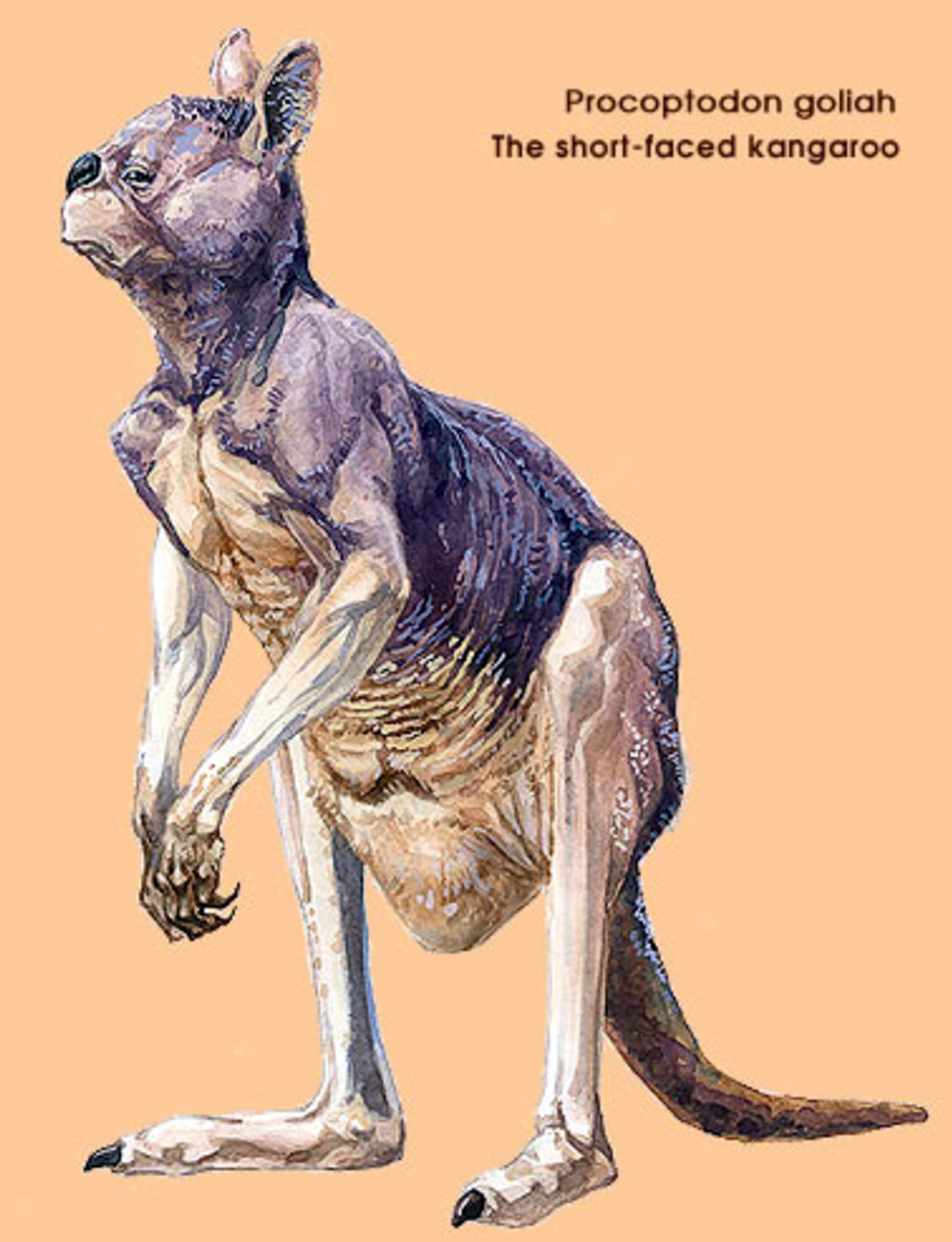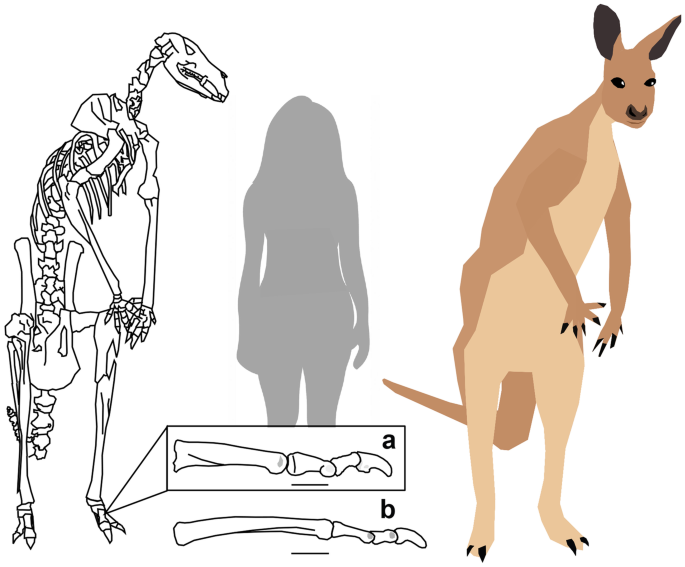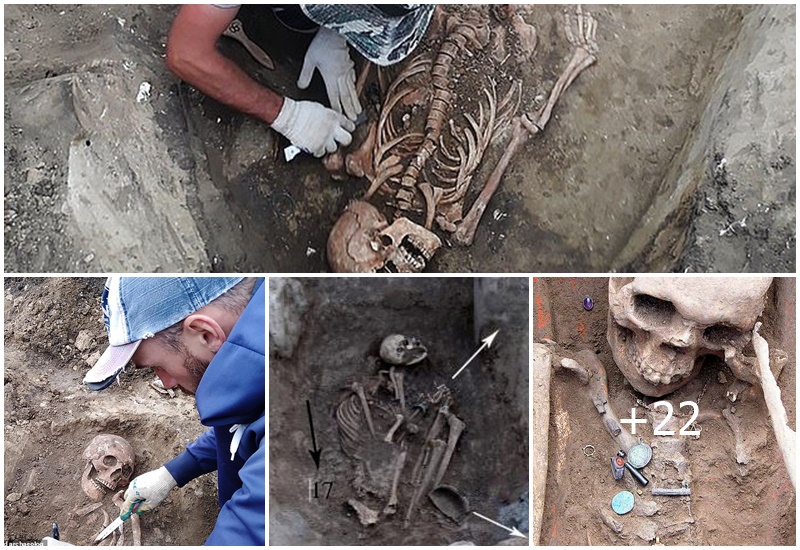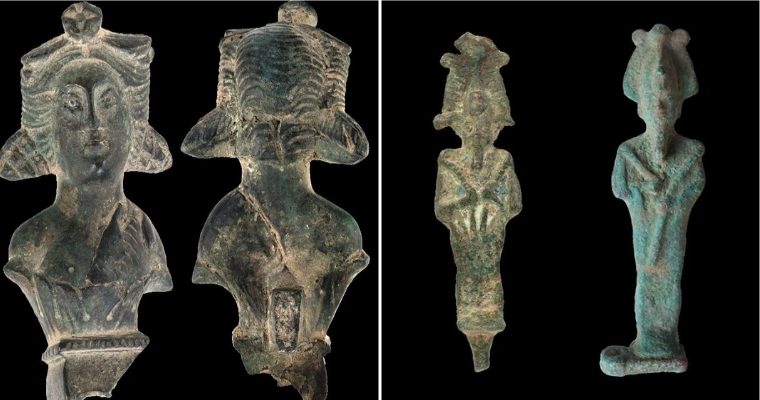An analysis of the skull biomechanics of Simosthenurus occidentalis, a species of giant short-faced kangaroo that persisted until about 42,000 years ago, indicates that the extinct animal had a capacity for high-performance crushing of foods, suggesting feeding behaviors more similar to the modern-day giant panda (Ailuropoda melanoleuca) than modern-day kangaroos.
Simosthenurus occidentalis. Image credit: Nobu Tamura, spinops.blogspot.com / CC BY 3.0.
“The skull of the extinct kangaroo studied here differs from those of today’s kangaroos in many of the ways a giant panda’s skull differs from other bears,” said Dr. Rex Mitchell, a postdoctoral researcher at the University of Arkansas and the University of New England.
“So, it seems that the strange skull of this kangaroo was, in a functional sense, less like a modern-day kangaroo’s and more like a giant panda’s.”
Dr. Mitchell used computed tomography scans to create 3D models of the skull of Simosthenurus occidentalis.
Working with the models, he performed bite simulations to examine biomechanical performance.
The resulting forces at the jaw joints and biting teeth were measured, as well as stress experienced across the skull during biting.
The researcher compared the findings from the short-faced kangaroo to those obtained from models of the koala (Phascolarctos cinereus), a species alive today with the most similar skull shape.
These comparisons demonstrated the importance of Simosthenurus occidentalis’ bony, heavily reinforced skull features in producing and withstanding strong forces during biting, which likely helped the animal crush thick, resistant vegetation such as the older leaves, woody twigs and branches of trees and shrubs.
This would be quite different than the feeding habits of modern Australian kangaroos, which tend to feed mostly on grasses, and would instead be more similar to how giant pandas crush bamboo.
“The short face, large teeth, and broad attachment sites for biting muscles found in the skulls of the short-faced kangaroo and the giant panda are an example of convergent evolution, meaning these features probably evolved in both animals for the purpose of performing similar feeding tasks,” Dr. Mitchell said.
Source: sci.news




